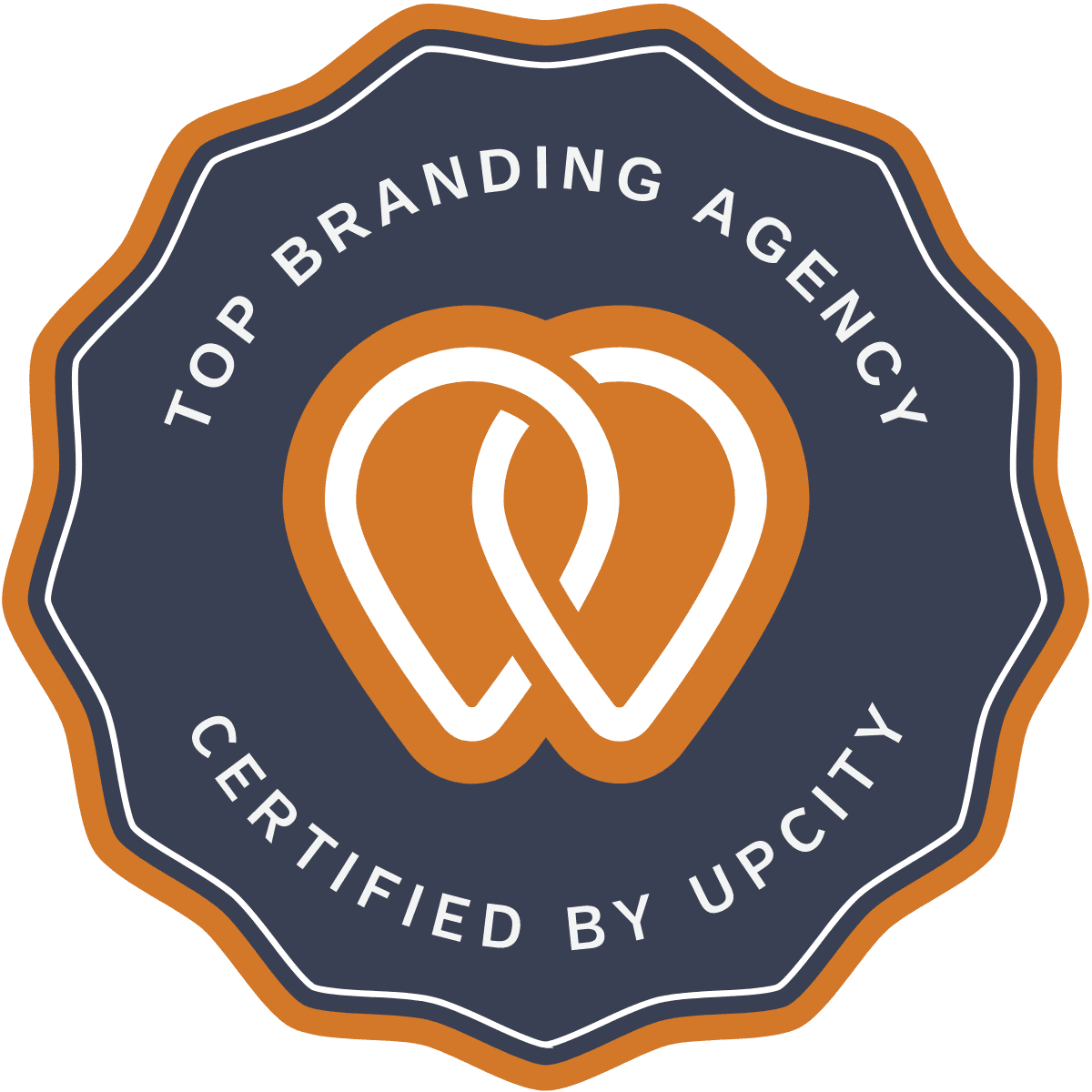
Now that we’ve figured out how to retain our best clients from our last blog, we’ll focus on how best to acquire the perfect qualified prospect and lead. We’ll also share some really great statistics for measuring marketing effectiveness with a couple different tactics.
Client Acquisition Strategy
One of the biggest challengers for most marketers is how to get in front of the right prospects and generate quality leads for our sales team. Knowing that our competition is aggressively spending on PPC means we need to have a presence there, but shouldn’t allocate most of our budget as it will become a game of one-upping and drive the cost per keyword higher. Out of the remaining $200k, let’s allocate 75% to lead generation. At $120k, that means we are spending $20k per month on generating qualified leads.
The breakdown might look like this:
$5,000/mo – SEO, SEM, PPC management
$2,500/mo – PPC spend with Google Adwords
$5,000/mo – social media, ghost blogging, landing pages, eblasts, etc.
Total: $12,500/mo or $150k/yr
The remaining $50k could be allocated to special projects, such as: updating the website, building a cost calculator, implementing a live sales chat, purchasing software to help you manage your accounts (HubSpot, HootSuite, OnlyWire, YEXT, etc.).
Cost of Customer Acquisition
Finally, we need to setup metrics for ROI. That begins with determining our cost of customer acquisition which is just a fancy way of saying: what are you willing to pay to get a new client? It begins with understanding the average sale of your product/service. Then, calculating profitability of that item and extrapolating the amount you are willing to spend to get a new sale. It is also important to base it on the annual or lifetime value of that client, especially in technology where you may have a recurring billing model.
At 1,000 clients for a $500M company, we can assume that the average revenue generated by a single client is $50,000. With a sales goal of an increase of $10M, that means we have to generate 200 new clients. With our $500k budget, if we give $300k ($100k from sales and $200k from marketing) to focus on prospects, we can spend up to $1,500 total to acquire a new customer. This breaks down to $500 for the sales person and $1,000 for the marketer in the process.
The Sales Close Rates Impact on Qualified Leads
Next, we factor in the close rate of your sales team to determine how many qualified leads you need to generate. If we assume that your sales team can close 8/10 qualified leads, that means the marketing team needs to generate 250 qualified leads. That means our actual budget per qualified lead (aka good prospect) now goes down to $1,200 per qualified lead.
Marketing Conversions for Good Leads
Next, we need to factor in the performance of various tactics. For example, if we were to spend our budget exclusively on direct mail which has a performance rate of 5%, then we would need to mail out to a qualified list of 5,000 hot prospects.
If we were to spend our money exclusively on PPC which has a performance rate of 1% and 50% of those prospects filled out a form on the website, then we would need to use our Adwords budget to get 500 prospects to click thru to our website.
Impressions vs. Conversions
Assuming we want 500 prospects to visit our site and the performance rate is 1%, that translates to 50,000 impressions or times that the ad is seen. If we break that down by 12 months, our goal would be 4,167 impressions per month. What matters here is not how many times the ad is seen, but rather how many prospects actually filled out a form – that is the goal funnel conversion not the Adwords conversion that marketers should be tracking.
Knowing that our Adwords budget is $2,500 per month and we want 42 visitors per month, we could spend a maximum of $59.52 per keyword conversion. Since the competition is spending up to $20 per keyword, we could modestly set our budget at $15 per keyword to keep up with everyone or $25 per keyword to bump everyone else down and allocate the rest of the spend on landing pages, eblasts, triggered email campaigns, and white papers or case studies.








